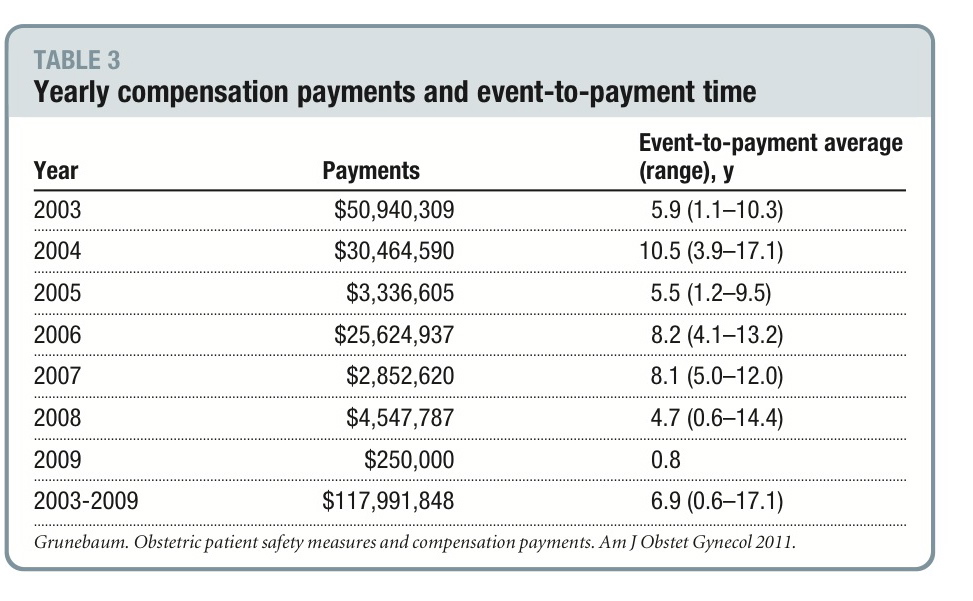 I have an op-ed in today’s Journal News. This is a Gannett paper that serves the suburban counties just north of New York City:
I have an op-ed in today’s Journal News. This is a Gannett paper that serves the suburban counties just north of New York City:
Gov. Andrew Cuomo is now proposing to grant immunities and protections to hospitals that injure or kill patients by acting negligently. Voters and consumers should be alarmed, because the effect of the proposal will shift the burdens of those most seriously hurt onto both the victims and the taxpayers. The beneficiaries are the insurance companies and those that acted negligently.
These new proposals are tucked inside a document, far from public view, called the Medicaid Redesign Report. The proposed new law would create an artificial one-size-fits-all cap of $250,000 on medical malpractice pain and suffering claims — even for those who’ve been paralyzed or brain damaged from negligence. It would also strip rights away from neurologically impaired infants by creating a new government-created fund, so that taxpayers end up subsidizing malpractice. The authors of the report are insurance companies and medical institutions. There were no patient representatives on the committee.
This is an anti-consumer bill that is flawed on both public policy and monetary grounds. The New York State Bar Association — the largest bar association in the state, with lawyers who represent both doctors and patients — has condemned these two proposals. Essentially, the taxpayers will be picking up the tab for the negligence of others.
Currently, New York caps personal injury cases for those runaway verdicts you see in the papers from time to time. These caps are geared to individual cases, a process the state has undertaken for almost 200 years. Fundamentally, if a verdict “deviates materially from what would be reasonable compensation” (either by being way too high or way too low) the trial court, or the appellate court after that, will order a new trial. So the system in place has both a belt and suspenders to protect litigants from the occasional outlier verdict.
What is the advantage of changing a system that isn’t broken? Well, by limiting the rights of the citizenry to a trial by jury, it gives a healthy dose of immunities and protections to those that committed the wrongful acts. Is that an advantage? It is if you are the one that caused the injury.
If the arbitrary cap is in place, of course, the injuries won’t be diminished. The only thing that will change is that the economic burden of those injuries will be borne by the victim instead of the party that caused them. To the extent that people are bankrupted by the toll of their injuries, the taxpayers will then foot the bill for Medicaid and a host of other social safety net programs.
Is it sound public policy to victimize the injured person a second time and discard the concept of personal responsibility? Should taxpayers bear the burden of loss instead of the insurance companies that collect premiums for just this reason?
Natural cap
Factors already keep malpractice cases in check. First, the suits are very expensive to bring. It could cost more in experts, records and depositions to get a verdict. Second, New York’s low legal fees, the result of “reforms” that were enacted in the mid-1980s, are a disincentive to lawyers to overreach. Legal fees start at 30 percent of the first $250,000 and rapidly slide down to 10 percent of anything over $1,250,000. In other words, complex and expensive malpractice cases have lower legal fees than the norm, causing a predictable drop in the number of attorneys willing to undertake these difficult cases.
The result of that “sliding-scale” fee structure is that doctors and hospitals in New York now enjoy significant immunity from medical malpractice cases. It is simply too expensive to bring many of the actions, even if they have merit.
The insurance companies and medical professionals that drafted the “reform” proposal now ask for a second giant helping of immunity by eviscerating the pain-and-suffering damages. The ones who will be hurt, of course, are those who have been most seriously hurt. It will have no effect on frivolous cases, as they do not have a value over $250,000.
If the government wants to cut Medicaid costs, and cut lawsuits, the efforts must be devoted to patient safety, not killing patient rights. Telling people they can act with impunity doesn’t increase safety. According to the February issue of American Journal of Obstetrics & Gynecology, New York Presbyterian Hospital/Weill Cornell reduced errors and slashed their medical malpractice payouts by 99 percent due to enhanced patient safety initiatives. The message is clear; tort “reform” does not equal patient safety.
With respect to the plan for a new fund to pay the costs associated with those lives that been devastated the most — neurologically impaired infants — testimony in Albany on this issue uncovered a startling fact: They haven’t figured out how to pay for it, though a “baby tax” is contemplated on people and companies that buy insurance. This gets the insurance companies off the hook for paying for the errors of the people they insure, and places more burdens on the taxpayers.
If Big Hospital Inc. commits malpractice and injures someone, why should the taxpayers subsidize that malpractice? Ultimately, of course, someone will pay, and it makes sense that the one that did the damage should pay the bill.
This scheme makes no sense on either public policy or economic grounds. There will, however, be a windfall profit for the insurance companies and those doctors who hurt the most people and make the biggest mistakes.
 Remember the Metrolink train crash from 2008 out in Southern California? It claimed the lives of 24 innocents people and injured over 100 more because a train engineer was texting while driving and missed a signal.
Remember the Metrolink train crash from 2008 out in Southern California? It claimed the lives of 24 innocents people and injured over 100 more because a train engineer was texting while driving and missed a signal.



